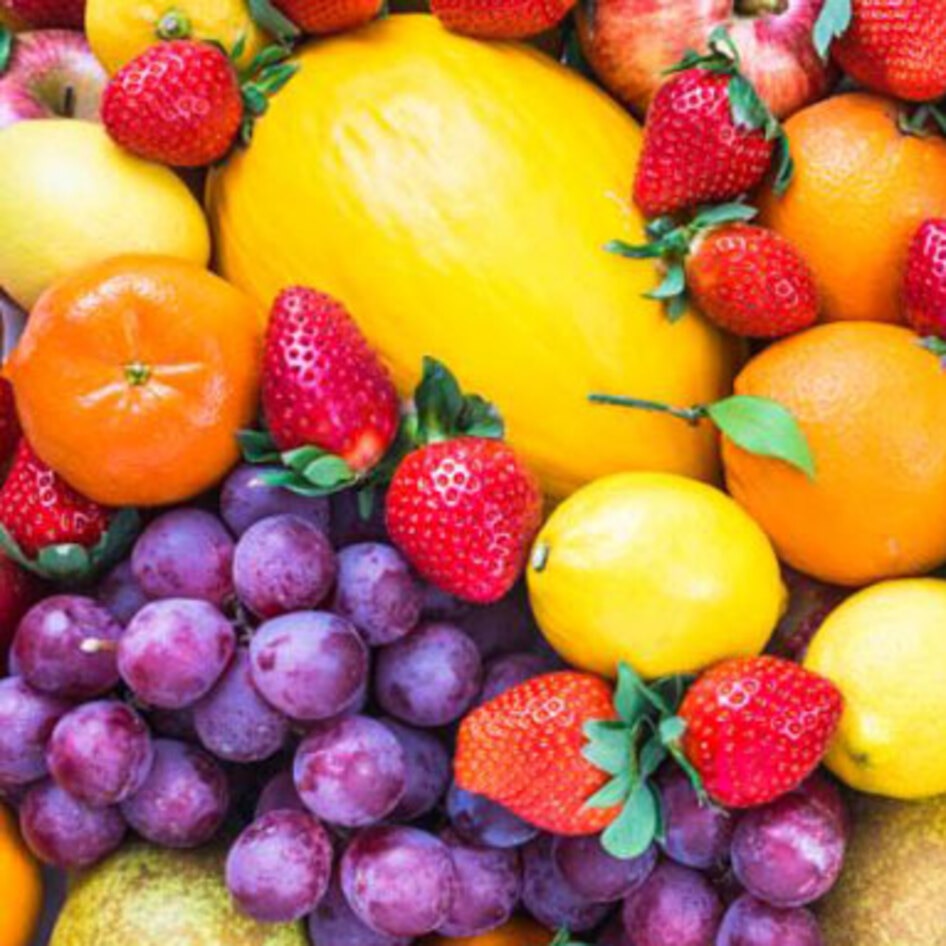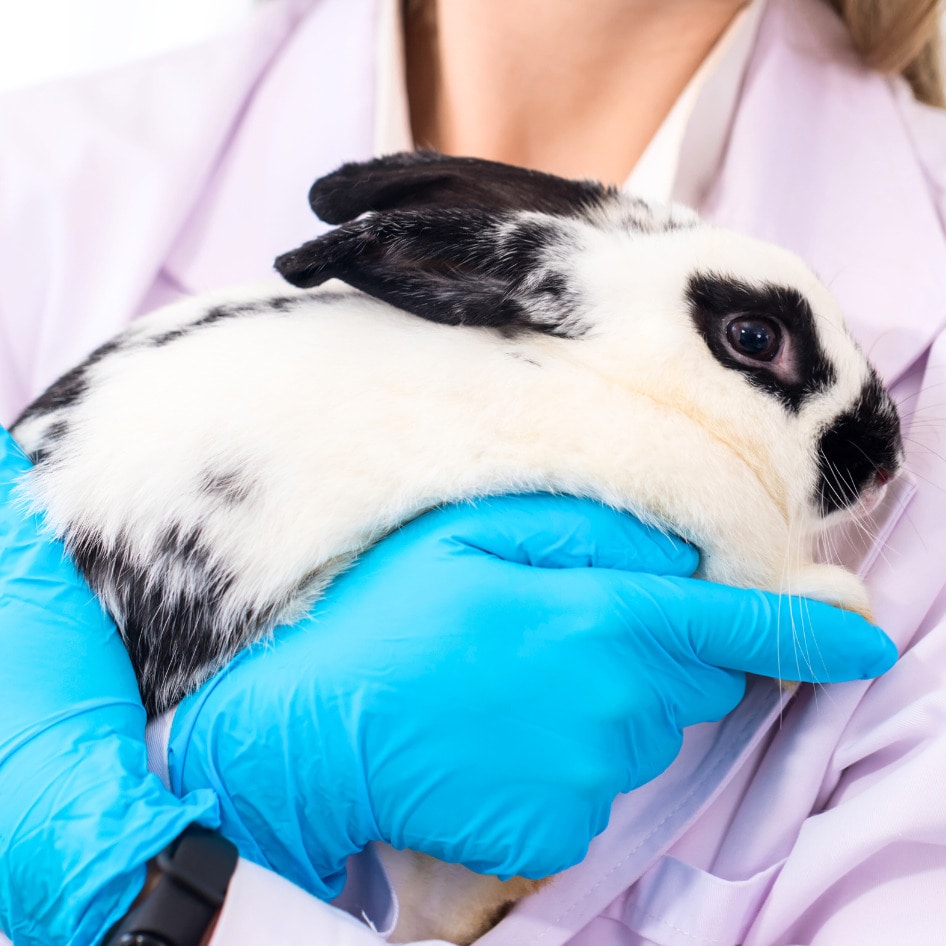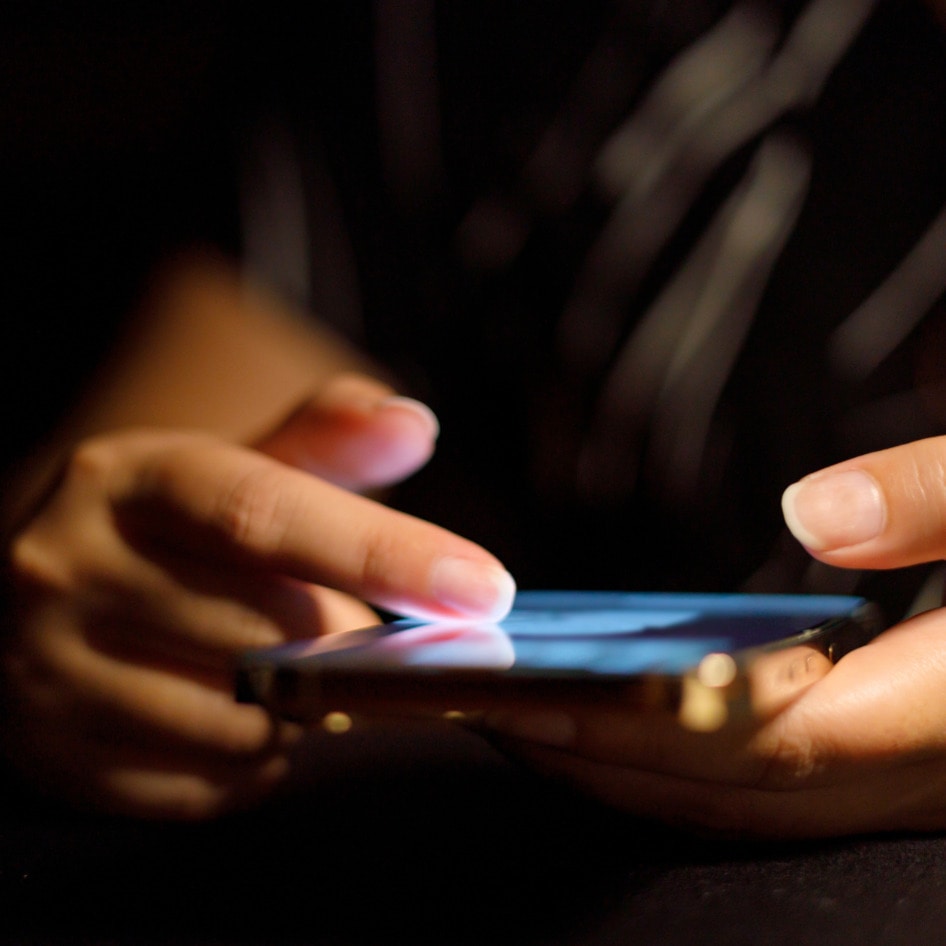5 Reasons Animal Testing Will Soon Be a Thing of the Past
Scientists, lobbyists, educators, and activists—supported by ethical beauty company LUSH Cosmetics—are working to implement new, human-relevant technologies, to finally free animals from labs.
November 26, 2017
Millions of animals around the world undergo chemical testing for no reason at all. The general public believes animal testing is an efficient way to ascertain whether or not chemicals are harmful to humans. However, testing potentially harmful substances on animals is not an indicator of the effects that those chemicals will have on humans, as tests are frequently not predictive between species—evidenced by the fact that chemical testing on mice cannot be replicated in rats, which makes the idea that humans (a wildly different species) will benefit from animal testing completely absurd. Despite this, world governments accept animal testing as the baseline for proving that substances—particularly those in the beauty industry—are safe for humans. One of the largest ethically minded beauty brands, LUSH Cosmetics, is doing something to change the framework … without the use of animals. Ethical director Hilary Jones—an ethical vegan who has been working to end animal testing for four decades—explained that while the system is complex, LUSH is addressing the language ingrained in animal-testing procedures to end the cruel practice worldwide. The company held its 2017 LUSH Prize gala earlier this month in London to award nearly half a million dollars to industry changemakers working to end animal testing on a global scale. With continued funding from major brands such as LUSH, we’re confident these five developments will make animal testing a nightmare of the past.
1. Human organs have been synthesized in labs
Harvard University professor Jennifer Lewis and her team have successfully grown human organs such as kidneys and livers in a lab setting. Nicknamed “organ-on-a-chip,” the technology is bound to change the way chemical testing is conducted in coming years. Most animal tests are done to determine the maximum exposure of a chemical that an animal can withstand before death (the most common test conducted on animals, referred to as “LD50,” exposes animals to lethal levels of chemicals until 50 percent of test subjects die in an effort to determine how much of the substance is safe for human exposure). Rather than finding lethal doses, Lewis’ technology can provide insight into how chemicals act on cells, organs, and (when the organs are connected to each other) the entire human body. Lewis will use LUSH prize funds to grow human brain tissue on a chip.
2. Cruelty-free labels are growing
Chile-based LUSH prize winner Te Protejo is a simple company with a big impact. Te Protejo—the first of its kind in South America—independently identifies products that are cruelty-free with its own label. Similar to the recognized Leaping Bunny logo, Te Protejo seeks ethical companies and recognizes their efforts in avoiding animal testing—updating their database frequently to monitor any corporate changes.
3. Human-relevant fetal studies are finding success
David Pamies, a bioengineer at Johns Hopkins Bloomberg School of Public Health, is making astounding progress in toxicity testing on human fetal stem cells, as the effects of chemicals on pregnant women are a major concern in the beauty industry. Pamies told VegNews that his team has already established verifiable results for one test, and he plans to use the funds awarded by LUSH to further prove that animals need not suffer in labs to deem substances safe for human use.
4. New scientists are schooled in non-animal testing methods
The Human Toxicology Project Consortium (HTPC)—an initiative founded by The Humane Society of the United States—focuses on training new scientists in chemical-testing methods that leave animals out of the lab. Led by genetics expert Catherine Willett, HTPC promotes the use of Adverse Outcome Pathways (AOP), a new tool that advocates the use of software to predict the effects of chemical exposure. Willett explained that animal testing is ingrained at a young age, through dissection of animals in classrooms which later transforms into normalizing the use of animals for testing. “You do it,” Willet told VegNews, “and it becomes the normal, until there are buildings full of people that go to work and torture animals every day.” Training new science professionals in non-animal methods, according to Willet, will soon shift the paradigm to make software-based assessment of chemical toxicity the new norm.
5. China is modernizing
While the European Union banned animal testing in 2013, China remains a major factor in ending the cruel practice worldwide, as the country requires all cosmetics—both manufactured and those sold in the country—to be tested on animals. However, according to Troy Seidle of Humane Society International, times are changing. In late 2016, the Chinese government recognized the first animal-free cosmetics test as safe, and Seidle believes this landmark victory sets the precedent for a cruelty-free future. Seidle says that animal testing will become obsolete once the “toolbox” of human-relevant tests can be used in place of animals. “In 20 years or less,” Seidle told Vegnews, “vast animal toxicology testing will be in the past.”
Anna Starostinetskaya is VegNews news editor and loves knowing that no animals were hurt when she lathers her body with LUSH.
JUMP TO ... Latest News | Recipes | Guides | Health | Subscribe







